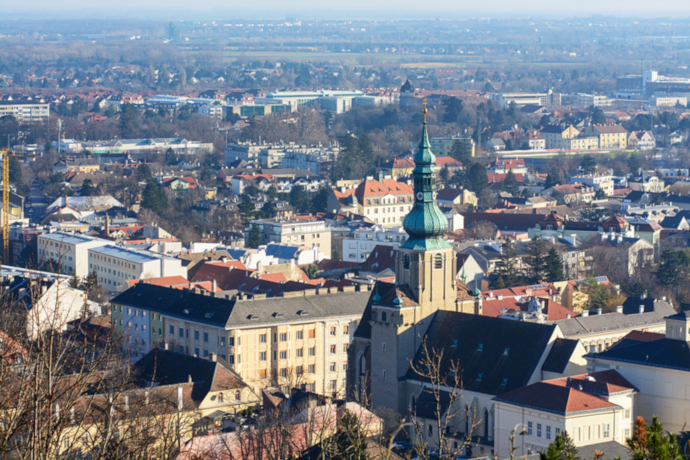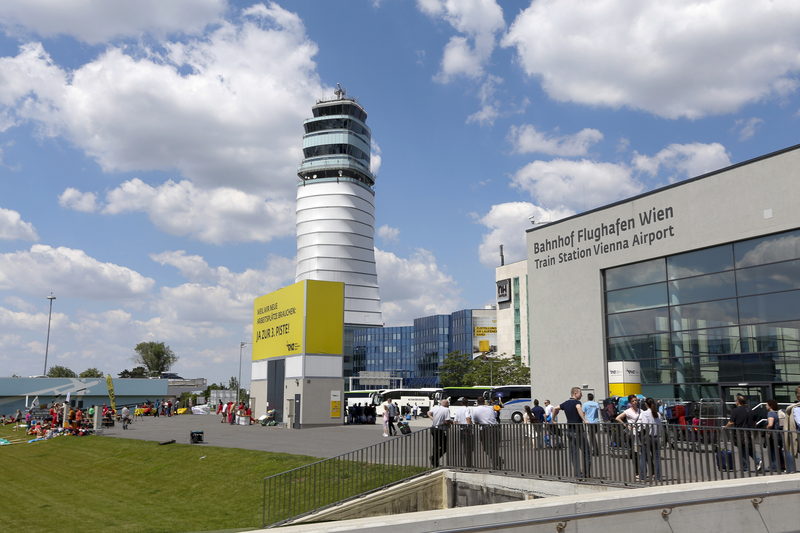Terminals +info
Vienna International Airport consists of four main terminals: Terminal 1, Terminal 1A, Terminal 2, and Terminal 3. Here’s a brief overview:
- Terminal 1: Primarily used by Oneworld and SkyTeam airlines, Turkish Airlines, Ryanair, and Wizz Air. It serves both Schengen and non-Schengen destinations.
- Terminal 1A: Hosts check-in for leisure airlines like Condor and SunExpress, as well as some long-haul carriers. It reopened in April 2025 after renovations.
- Terminal 2: Originally the airport’s main terminal, now serves as an entrance to Concourses C and D after refurbishment.
- Terminal 3: Known as the Austrian Star Alliance Terminal, used by Austrian Airlines, most Star Alliance members, and other carriers like Emirates and Qatar Airways. It is undergoing expansion to enhance capacity and passenger experience by 2027.
Facilities and Services +info
Some numerical facts about Vienna International Airport:
Number of terminals: 4
Number of gates: Over 70
Number of runways: 2
Number of destinations: 195
Number of airlines: 72
Daily flights: Over 200
Annual passengers: Approximately 31.72 million
Aircraft parking stands: 99
Transport +info
The following means of transport are available at Vienna Airport to get to the city centre:
Bus: There is public transportation available.
See more information
Taxi: Get downtown to Vienna within 20 minutes by taxi.
See more information
Train: By S bahn and City Airport Train (CAT).
See more information
Transfers: If you want private transportation, you can book a transfer.
See more information
Car rental: Rent a car at Vienna Airport or through our search engine.
See more information
Contact
Address: Einfahrtsstrasse, Schwechat,
Upper Austria, 1300, AUSTRIA
Phone: +43 1 7007 32300
Email: ombudsstelle-sicherheit@viennaairport.com
Location Map
About Vienna
Vienna, known in German as Wien, is Austria’s capital and largest city, serving as the country’s cultural, political, and economic hub. Strategically located near the borders of Slovakia, Hungary, and the Czech Republic, Vienna is part of the Centrope border region. Its historical city center was recognized as a UNESCO World Heritage Site in 2001 and later listed as a World Heritage Site in Danger in 2017 due to urban development concerns.
The city boasts a rich imperial history, having been the seat of the Holy Roman Empire until 1806 and later the capital of the Austro-Hungarian Empire until 1918. Today, Vienna blends historical grandeur with modern livability, consistently ranked among the world’s most liveable cities. Its architectural heritage includes Baroque and Art Nouveau masterpieces, such as Schönbrunn Palace, Hofburg Palace, and St. Stephen’s Cathedral. The iconic Ringstrasse showcases landmarks like the State Opera, Parliament, and Burgtheater.
Vienna is renowned for its cultural offerings. It hosts over 100 museums, including the Kunsthistorisches Museum (Museum of Art History), Albertina, Belvedere, and Leopold Museum. These institutions house works by masters like Klimt, Schiele, Monet, and Picasso. The MuseumsQuartier further enriches Vienna’s artistic landscape with contemporary exhibits.
Music is central to Vienna’s identity as the "City of Music." It was home to legendary composers like Mozart and Beethoven. Visitors can explore their residences and memorial graves at the Central Cemetery. The city’s vibrant coffee house culture complements its artistic legacy, offering spaces for intellectual exchange.
Nature lovers can enjoy green parks like Prater with its Giant Ferris Wheel or vineyards near Kahlenberg. Vienna’s accessibility via walking, biking, or public transport makes it easy to explore its charm while enjoying its exceptional quality of life.


